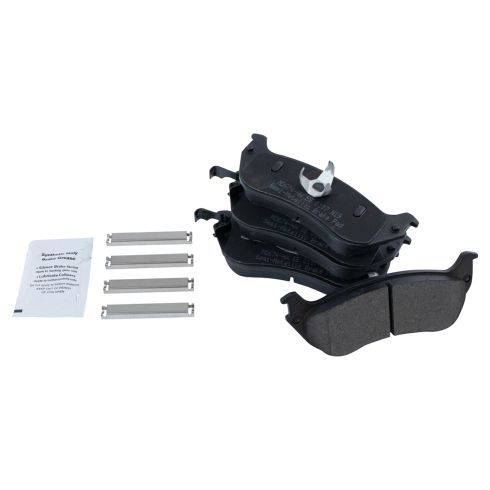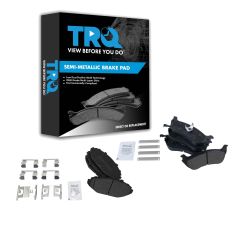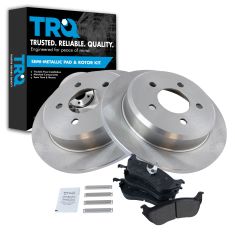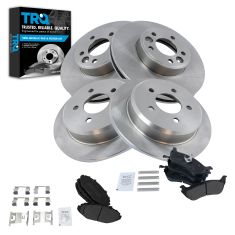1ABPS03162-1996-02 Ford Lincoln Mercury Rear Semi-Metallic Brake Pads TRQ BFA73708

Replaces
2001 Ford Crown Victoria with Rear Steel Piston Calipers with 1-3/4 Inch Pad Clip Rear Semi-Metallic Brake Pads TRQ BFA73708

Product Reviews
Loading reviews
There are no reviews for this item.
Customer Q&A
No questions have been asked about this item.
Ford is a registered trademark of Ford Motor Company. 1A Auto is not affiliated with or sponsored by Ford or Ford Motor Company.
See all trademarks.














